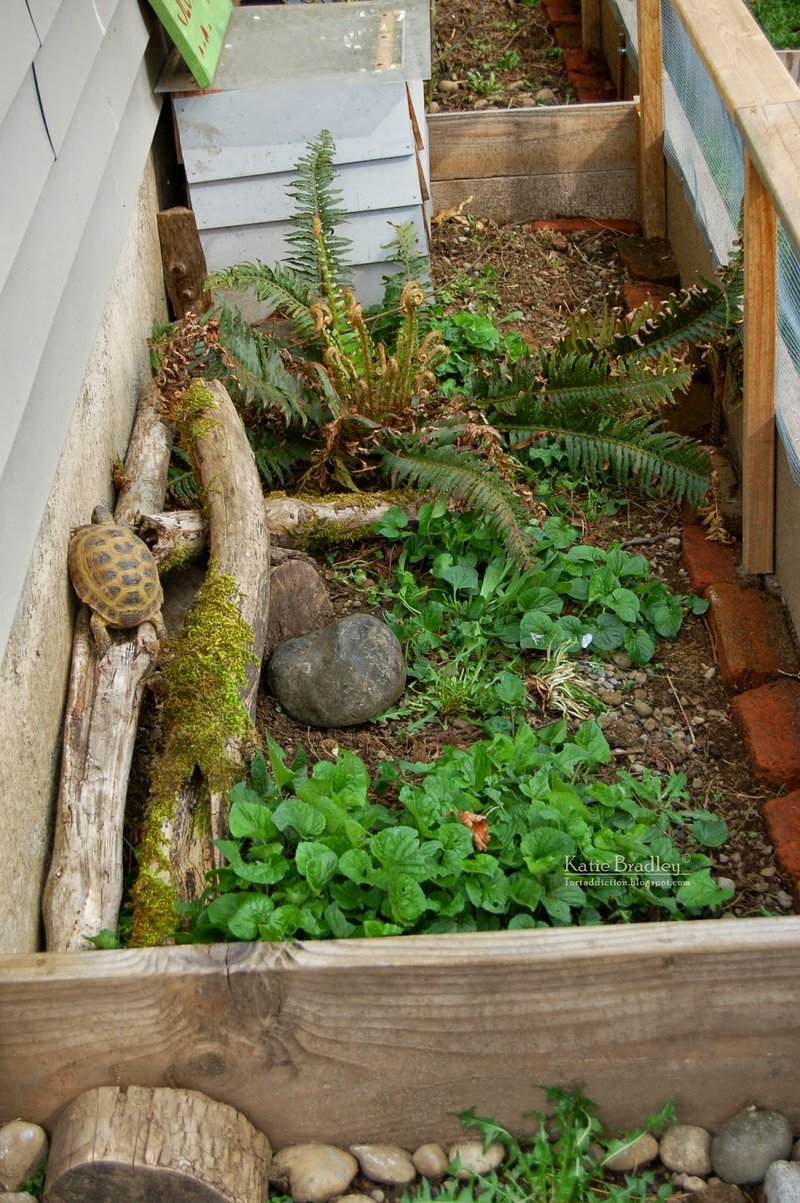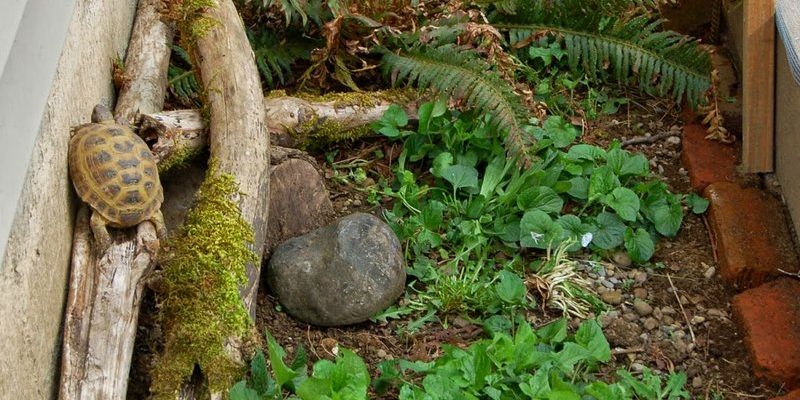
Building a suitable habitat for your leopard tortoise involves more than just giving them four walls and a floor. These tortoises thrive in environments that mimic their natural dry grasslands of Africa. This means you need to pay close attention to temperature, humidity, space, and even what’s on the floor. By carefully crafting their enclosure, you’ll help your tortoise stay healthy and happy for years to come.
Choosing the Right Enclosure Size
The first thing you’ll want to consider is how big the enclosure should be. Honestly, leopard tortoises aren’t small critters, and they need room to roam. A good rule of thumb is to start with a space that’s at least 4 feet by 2 feet for a single tortoise. If you plan to have more than one—or if your tortoise is a real go-getter—you’ll need to go even bigger!
Here’s the thing: leopard tortoises can grow up to 18 inches long. That’s like having a little tank in your living room! To accommodate their size and activity level, think about an outdoor pen or a large indoor enclosure. If you opt for an indoor setup, you may choose a custom-built wooden enclosure or a large glass terrarium that allows for visibility while maintaining a stable environment.
Essential Heating and Lighting
You might be wondering how you can recreate the warm sun of their native habitats inside your home. The answer lies in heating and lighting. Leopard tortoises require a basking area where they can soak up UVB rays, mimicking the sunlight they would naturally encounter. A heat lamp or a ceramic heat emitter works great for this purpose. Aim for a basking spot temperature of around 95°F, while the cooler side of the enclosure should stay between 75°F to 85°F.
To keep things simple, you can use a UVB bulb that covers about 10-12 hours of light daily. This helps promote healthy shell growth and prevents metabolic bone disease. Be sure to keep the heat source at a safe distance to avoid overheating your tortoise, and always keep an eye on temperature fluctuations.
Creating the Right Substrate
Let’s talk about what goes under your tortoise’s feet. The substrate is one of the most important aspects of housing a leopard tortoise. You want materials that allow for burrowing and provide a surface that’s not too rough or risky for their delicate shells.
Good options include:
- Organic topsoil: Affordable and easy to find, it mimics their natural environment.
- Cypress mulch: Great for retaining humidity and soft for little feet.
- Hemp bedding: Eco-friendly and safe, it also prevents odors.
Whatever you choose, try to maintain a substrate depth of about 3 to 4 inches. This gives your tortoise room to dig and burrow, which they love doing. Plus, it’ll help maintain some humidity while also keeping their environment clean.
Adding Hiding Spots and Enrichment
Here’s a fun fact: tortoises are shy by nature, so they appreciate a little privacy. Adding hiding spots to their enclosure is essential for their mental well-being. You can use items like caves, logs, or even a simple cardboard box turned on its side. Just ensure they’re safe and free from sharp edges.
Enrichment isn’t just a fancy term—it means giving your tortoise things to explore and interact with. Incorporate items they can climb on, chew, or hide within. You can also add fresh greens and vegetables for them to forage on. This keeps their environment stimulating and helps prevent boredom.
Water Source and Hydration Needs
Staying hydrated is key for a healthy tortoise, so let’s talk about their water needs. Unlike many pets, tortoises don’t drink water like you or I do. Instead, they often soak themselves to hydrate. You should provide a shallow dish of water for soaking—this also helps with shedding their skin.
Make sure the dish is sturdy and won’t tip over easily. Change the water daily to keep it fresh and clean. Observing your tortoise when they soak can also be a fun moment to enjoy their quirky behaviors. Just be mindful that, sometimes, they can be messy!
Maintaining Proper Humidity Levels
Humidity might seem like a little detail, but it’s vital, especially during shedding. Leopard tortoises need a relative humidity of about 30-50%. One way to maintain this is through regular misting or by placing a moist hide within their enclosure.
You can also monitor humidity levels using a hygrometer. If you find that your enclosure is too dry, consider adding a small water feature or a humidity box filled with damp sphagnum moss. Keeping the right humidity keeps your tortoise’s skin healthy and allows them to shed smoothly.
Regular Cleaning and Maintenance
Creating an ideal enclosure isn’t a one-time job. Regular cleaning and maintenance keep your leopard tortoise’s home fresh and healthy. You’ll want to spot clean daily, removing leftover food and any waste. Depending on the substrate you choose, changing it out thoroughly every couple of weeks is also a good idea.
It’s important to use safe cleaners, like vinegar or a specialized reptile-safe disinfectant, for deeper cleanings. Remember, a clean environment minimizes the risk of bacteria or parasites that could harm your tortoise.
Setting up the perfect habitat for your leopard tortoise can feel like a big task, but it’s also incredibly rewarding. By focusing on size, temperature, substrate, and enrichment, you’ll create a welcoming home that allows your tortoise to thrive. Remember, their happiness reflects in their health and behavior, so think of it as a small investment in a joyful pet experience.
Every tortoise is unique, just like every pet owner. As you observe your tortoise’s habits and preferences, feel free to adjust their setup to ensure it meets their needs. With a little patience and effort, you’ll be on your way to fostering a vibrant and engaging environment for your new shell-wearing friend!

